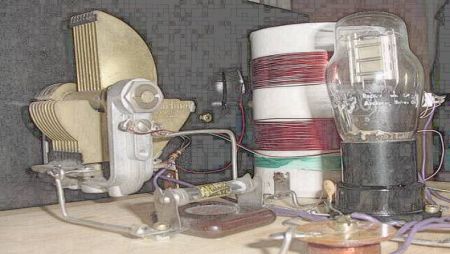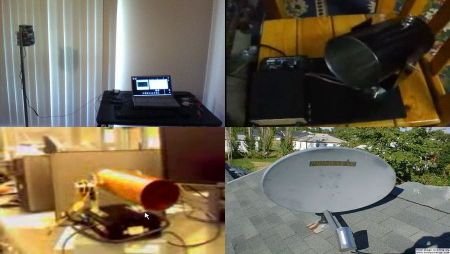[vimeo=http://vimeo.com/5989780]
[Andrew Rapp] sent in this project called Droplet. He’s been doing work with Xbees and Arduinos together and built this little toy. He describes it as “sort of like a Chumby”. It has built in services for Twitter, Google Calendar, News, Gmail, etc. You can download the full source code and plans on his site. His next planned revisions include possibly running it from a sheevaplug, making a nice case for it, and utilizing the unused pins of the arduino.
















